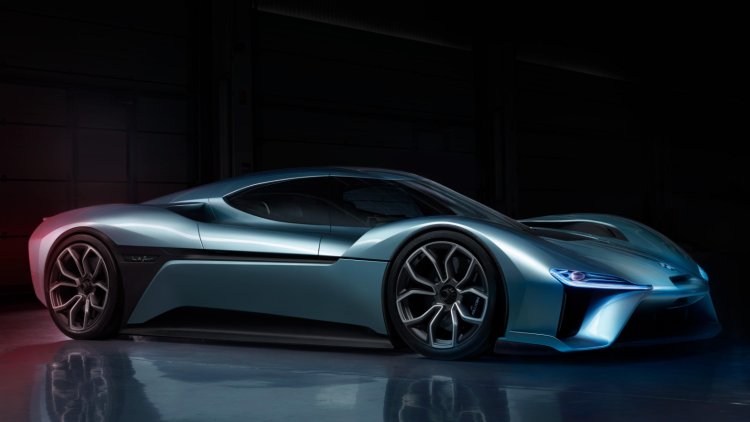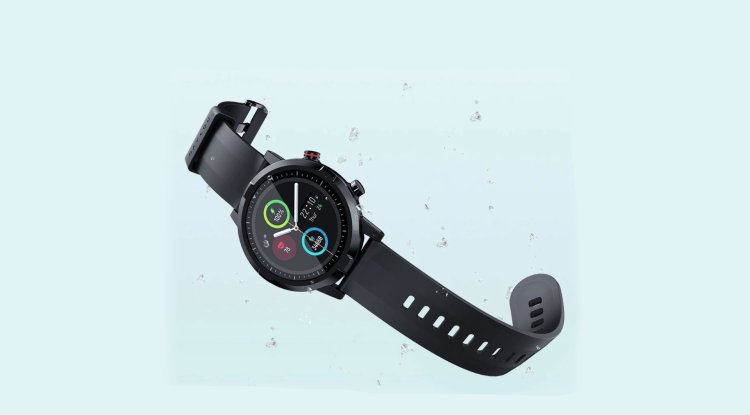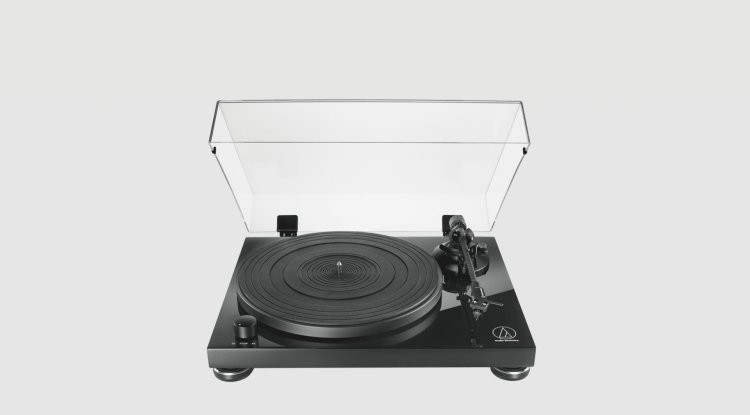"Chinese Tesla" wants to captivate the world
AMD Epyc processors are popular in servers, data centers, and supercomputers. This time, AMD touted its collaboration with the giant Chinese electric car maker NIO, which is expected to make a significant splash in the United States.

For specific hard tasks in the development of electric vehicles, NIO employs new servers equipped with third-generation AMD Epyc processors and Zen 3 architecture. These include impact and structure behavior modeling (Finite Element Analysis) and aerodynamic model simulation for vehicle form improvement (Computational Fluid Dynamics).
According to the statement, the development speed has increased by 50% when compared to the previous generation of Epyc processors, allowing the NIO to do more simulation tests and raise the complexity while maintaining the existing development speed.
Although Tesla has switched to the AMD Ryzen platform for computer electronics in its own electric vehicles, NIO uses Qualcomm chipsets for the multimedia system and displays, and a combination of Nvidia and Mobile (owned by Intel) platforms for sensor data processing for various autonomous functions.
NIO ET5 and ET7
The ET5 car (the fifth manufacturing model) boasts a range of more than 1,000 kilometers thanks to a solid-state battery. In other words, the technology has been developed for years by practically every battery and car manufacturer, but no one has yet succeeded to incorporate it into production vehicles.
The top version of the ET5 claims a solid-state with a capacity of 150 kWh, an energy density of 360 Wh / kg, and a domestic market introduction in September 2022.
Of course, certain details are unduly optimistic here as well. The NIO also measures the NEDC cycle range, so the car will realistically cover slightly over 700 kilometers.
And the breakthrough battery is supposed to contain a "solid-liquid" electrolyte rather than a purely solid electrolyte, as described by the company's CEO William Li.
Even so, it has the potential to be a game-changer because it packs 150 kWh into the same physical space as the lesser ET5 models' 100 kWh lithium batteries.
Two electric motors with a total output of 360 kW and a torque of 700 Nm provide the drive. It speeds to 100 km/h in 4.3 seconds and will be available in 75 kWh (550km range) and 100kWh models (700km range).





























